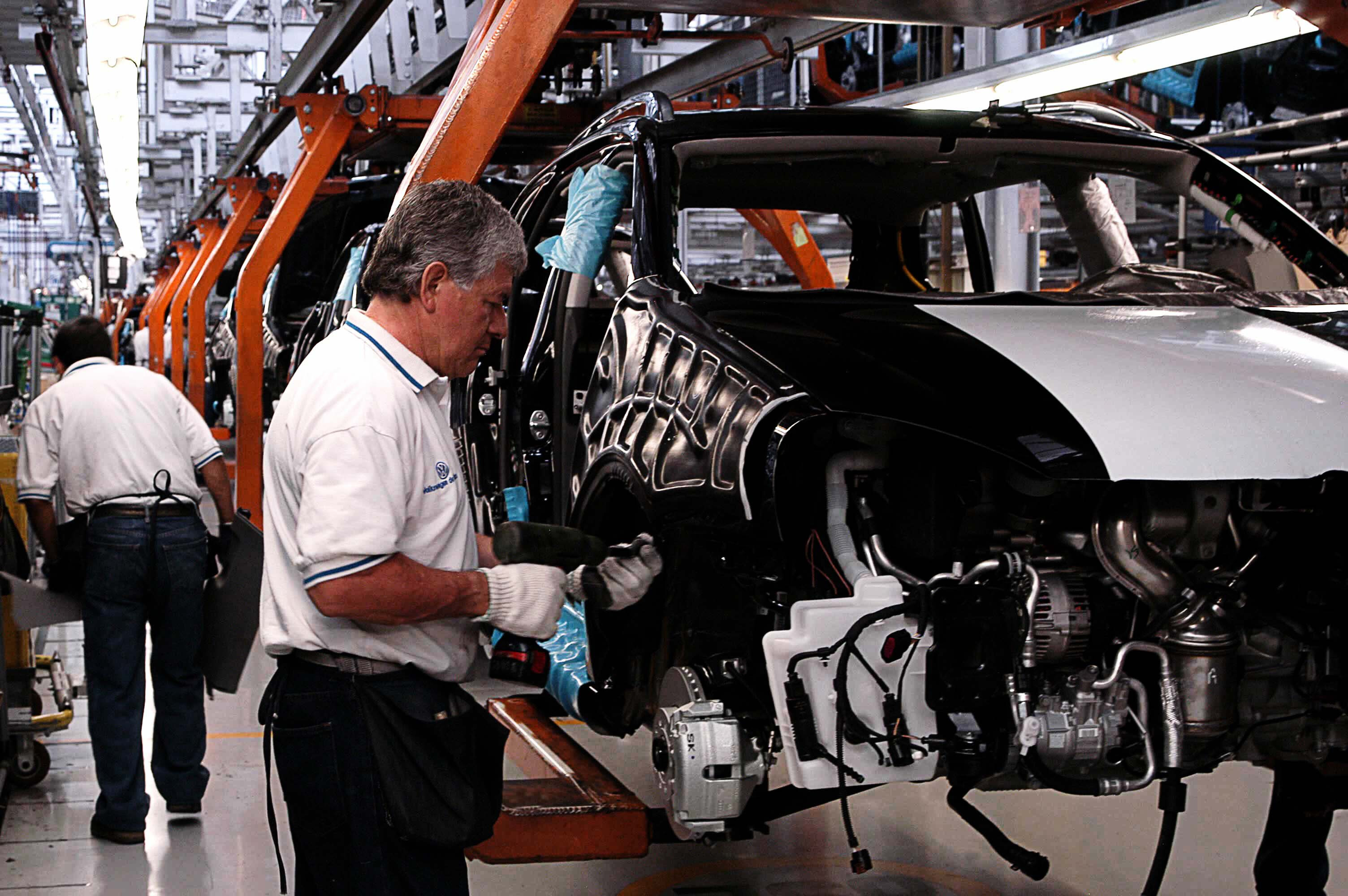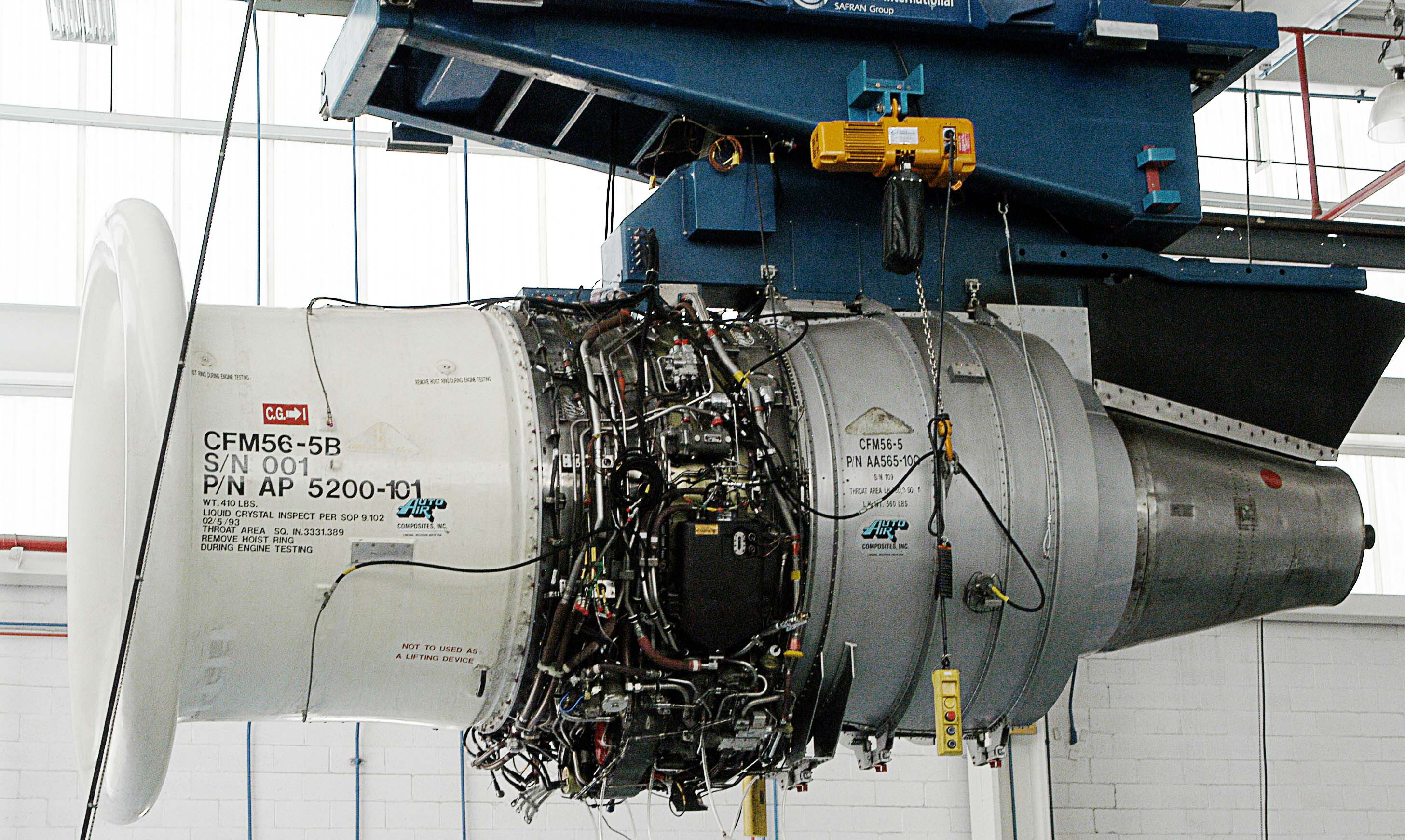Made in Mexico

Workshop of the Americas
Over the last twenty years Mexico has become a formidable export power. Indeed it is unique in that it is the only major Latin American economy to derive more than 50% of its export earnings from manufactured goods. What’s makes this even more impressive is that Mexico has managed to do this in the midst of intense competition from China.
So how has Mexico been so successful? One factor is the incredible productivity of the Mexican worker. A fall in the value in the peso has reduced the relative value of Mexican wages in the international market. Meanwhile soaring labour costs in China make Mexico more appealing. The gap between Chinese and Mexican wages has narrowed sharply from 260% in 2006 to just 10% today, notes HSBC’s Sergio Martin. Taking into account travel costs, Mexican factories now beat Chinese ones on cost for many goods. That explains why 12.5% of America’s imports currently come from Mexico. That’s the highest in a decade, and second only to China.Moreover China’s position looks set to slip further in the coming decade. At present the Chinese leadership is desperately trying to rebalance the economy, away from mass-produced low-value exports and encourage domestic consumption. As it does so it will benefit Mexico, says Michael Henderson at Capital Economics. “As Chinese manufacturers have begun to edge up the value chain, their dominance in sectors such as textiles has started to slip. This is good news for the Mexican economy.”
Keeping up with the neighbours
Of course, with so many of its exports going to one place, Mexico’s fortunes are tightly tied to America’s. But that’s not necessarily a bad thing, as David Rees at Capital Economics points out: “With America growing at around 2%, Mexico’s economy should grow at between 3% to 4%.” It’s “not spectacular”, but it beats plenty of other parts of the world.More importantly, while Mexico is still growing its share of the US market, it’s also increasing sales to its Latin American neighbours. That’s because Latin American economies have enjoyed a commodity-fuelled growth spurt since 2001. And a significant chunk of that new-found wealth has been spent on fancy new imports. As a result, the Latin American share of Mexico’s total exports has shot up. In the last six years, the share of Mexican exports going to the US has fallen from 90% to 80%.Moreover the future of Mexico’s main markets looks bullish. America, for example, looks the most promising of all the developed world economies. Meanwhile Latin America is enjoying strong growth. This bodes well for Mexico. As one of the most competitive manufacturers and traders in the Americas – is a great way to play growth along the whole landmass.Brain not brawn
Mexico is also ‘moving up the value chain’. “More jobs, more energy, and more foreign investment are going into more advanced applications”, says Scot Overson, boss of chipmaker Intel’s Mexican division. These include “technology and aerospace”, or “advanced manufacturing, not just simple unskilled manufacturing. Those aspects of Mexico economy seem to be accelerating.”
More jobs, more energy, and more foreign investment are going into more advanced applicationsIndeed they are being supported by government policy. For example Mexico now produces more engineering graduates than the US. The government is also working hard to build the necessary technological infrastructure. For example it is constructing a $5billion “tech city” in Guadalajara that many believe could become the ‘Silicon Valley of Latin America’.“It’s a very exciting project”, says Alejandro Estivill, Mexico’s Ambassador to London. “Like Tech City in London this project will help to develop local capabilities and attract finance.”Free trade is another factor in Mexico’s success. The country is arguably the world’s most open major economy, and has free trade agreements with more than 40 countries. Tariff-free imports keep factory input costs down, while the deals also give exporters free access to huge swathes of the global economy.
Is it different this time
However, there are certain challenges. One is Mexico’s uncompetitive domestic economy. Many markets are dominated by local oligopolies that rip off the people and block new entrants. Inflexible labour laws and a tiny tax base are also a problem: Mexico’s total tax take is about 22% of GDP, far less than the 36% raised in Brazil.The Pact for Mexico is an important package of reform aims that could really change MexicoYet so far the government has taken encouraging steps to challenge these problems, says Nicolás Guzmán, CEO of McCann Mexico. “The Pact for Mexico is an important package of reform aims that could really change Mexico”. Of course this isn’t the first time that Mexican politicians have identified the country’s problems. The previous administration also had similar aims, which it was unable to successfully execute. Yet the future looks more positive this time around. “One important difference”, says Guzmán, “is the change in social attitudes. In the past people saw businessmen in a negative light, as exploiters of the masses. Now our surveys show that there has been a change in attitude and people see businessmen as job creators.”This change in cultural attitude means that the reforms have a much better chance of succeeding this time. “It’s tempting to think of politicians leading society. But often it’s the other way around. The Pact for Mexico has come about because people are ready for it.”For once it really does feel safe to say – “this time it’s different”.